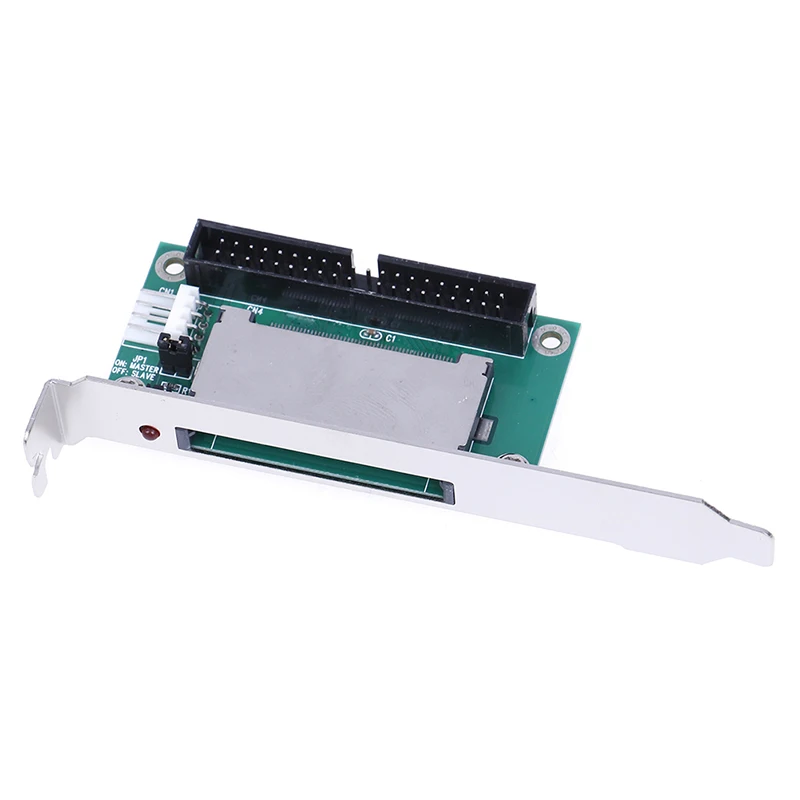SIGMA DESIGNS WINSTORM
The Sigma Designs WinStorm gives you full 16-bit audio and 24-bit true color SVGA video, along with joystick, MIDI, and SCSI interfacing capabilities, all on a single card.
The three-quarter-length WinStorm board is densely populated with highly integrated components. The board's mounting bracket contains a 15-pin D connector for attaching a color monitor, along with three jacks for microphone input, line input, and headphone or speaker output; no manual volume control is provided. In addition to a 16-bit expansion slot for installation, you'll require a second access slot in the PC's case to receive the mounting bracket which contains the 15-pin D connector for attaching a joystick (this connector doubles as the MIDI I/O connector and attaches via a ribbon cable to the board).
The WinStorm's video is excellent, providing 24-bit true color (16.8 million colors) and SVGA modes up to 1024 x 768 with 256 colors. The board also features fast vertical refresh rates and VESA BIOS compatibility, which means that any modes supported under the VESA specification work correctly with this board. A MultiMode Control Panel application allows instant resolution switching via software under Windows, a very novel and handy capability. For popular applications such as AutoCAD and others, the package provides a number of DOS video drivers.
The WinStorm is certainly no slouch when it comes to audio capabilities. It has a Yamaha YMF262 (OPL3) 20-voice stereo synthesizer chip as its sound source, which also endows the board with full Ad Lib and Sound Blaster compatibility. Since the audio chip set used on the WinStorm comes from Media Vision, the board is also fully compatible with the Thunder Board and Media Vision Pro AudioSpectrum 16 sound standards.
This board uses jumpers for enabling or disabling functions (for example, VGA on and off), altering default settings (such as IRQ), and other variables, although the defaults will prove satisfactory for most installations. Several pin connectors on the board attach various cables. One routes the PC's sound through the board, and another channels the CD-ROM drive's audio through it as well. Another 4-pin block attaches external audio sources, and there's also a 50-pin SCSI connection, in addition to the connector for attaching the joystick or MIDI ribbon cable noted earlier.
All of the WinStorm software comes supplied on high-density (1.44MB) 3 1/2-inch disks; I found no mention of the availability of 5 1/4-inch disks on or in the package. Of the nine disks provided, three contain Windows drivers, OS/2 2.0 drivers, DOS drivers, and utilities.
Additional software exploits the sound and multimedia capabilities of the WinStorm card. Animotion's MCS MusicRack, a Windows-based utility, allows you to control multimedia hardware with an interface resembling a home stereo. You also get Midisoft's Multimedia Music Library, a collection of MIDI music and sounds. Multimedia Make Your Point, a Windows-based presentation application from Asymetrix, completes the assortment of bundled software.
Sigma Designs' WinStorm is a good, cost-effective means of adding high-resolution video, 16-bit audio, and other multimedia features, all in one product.

